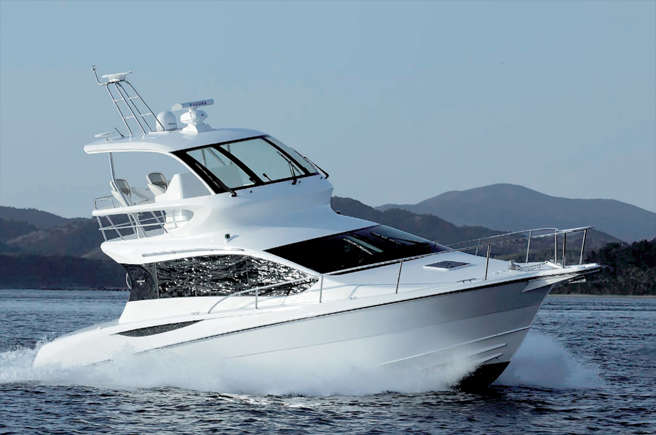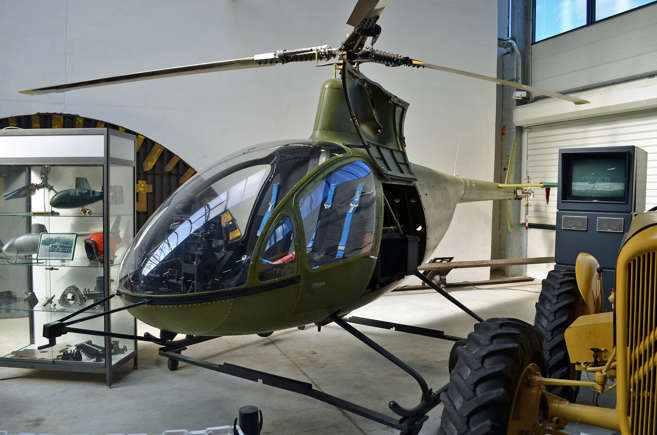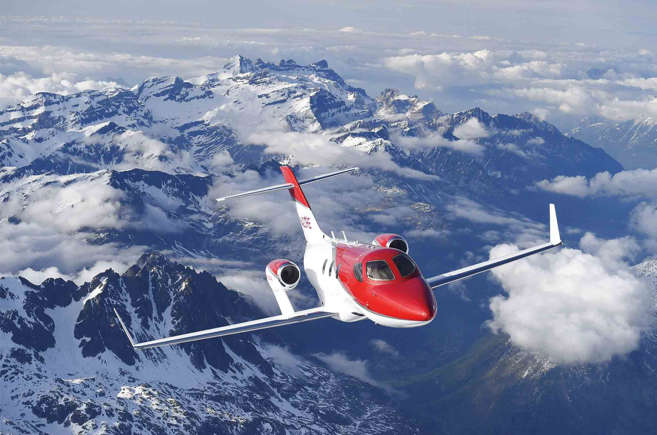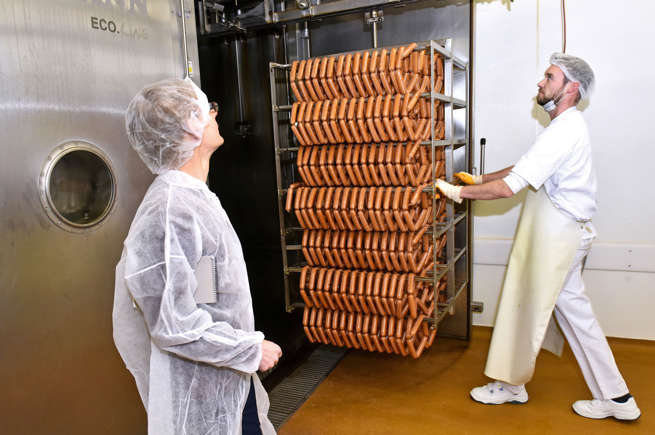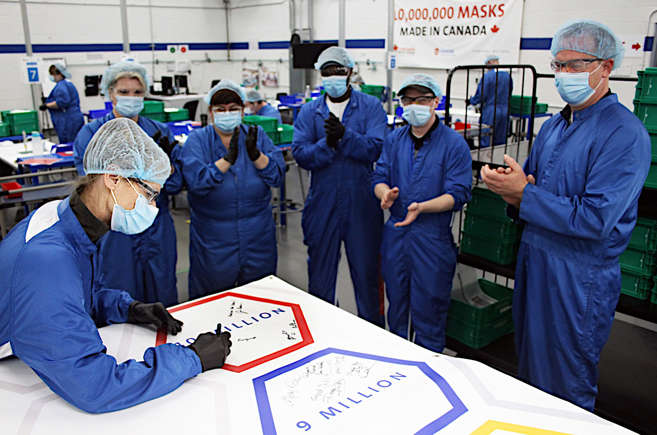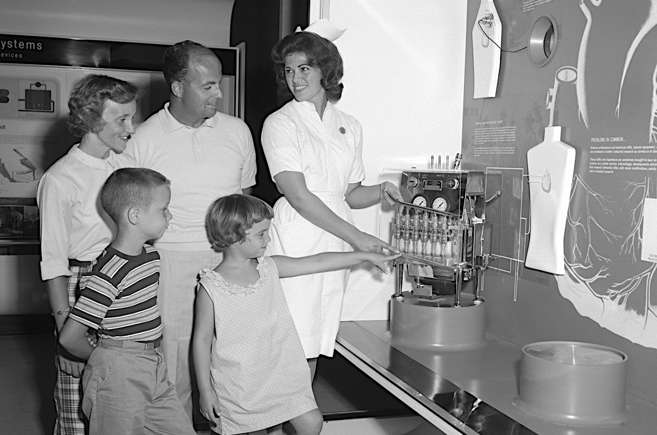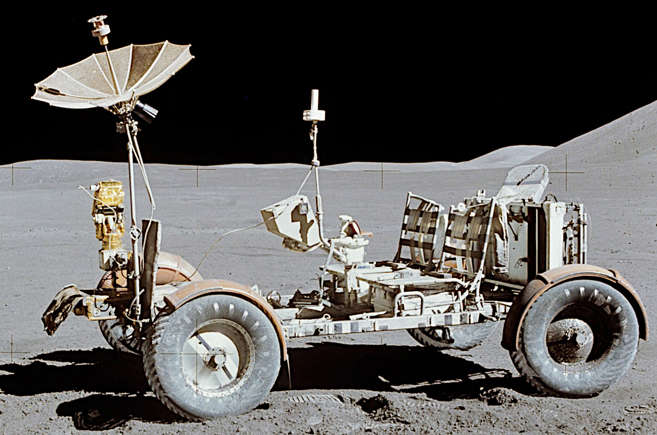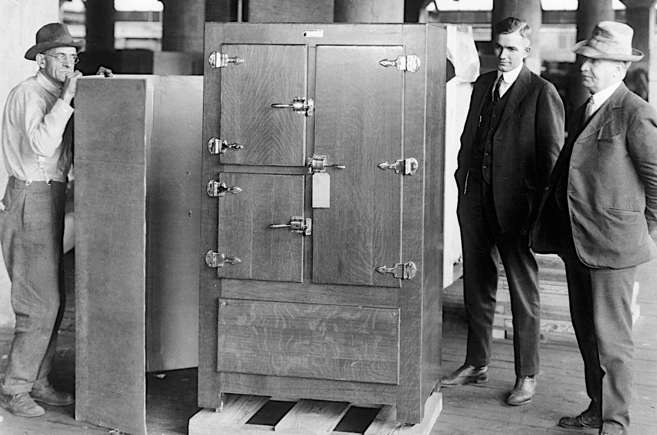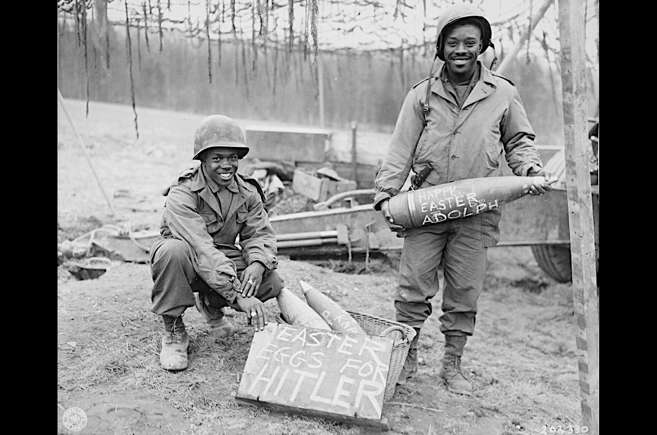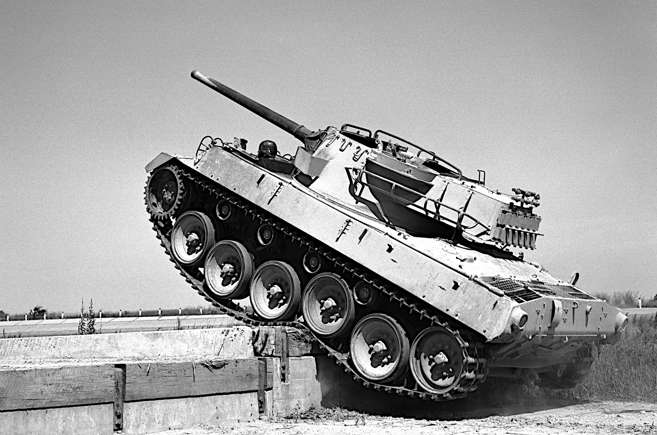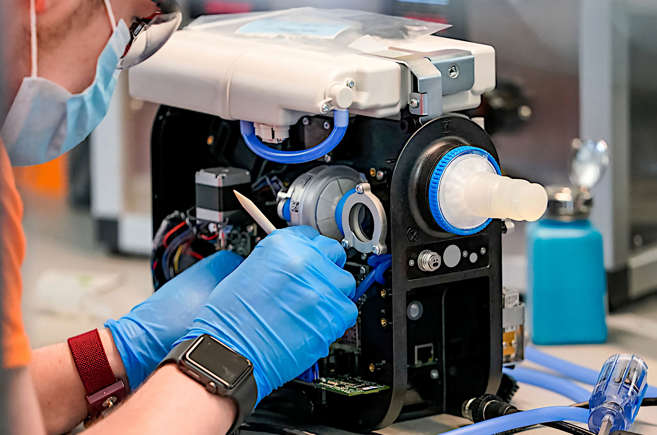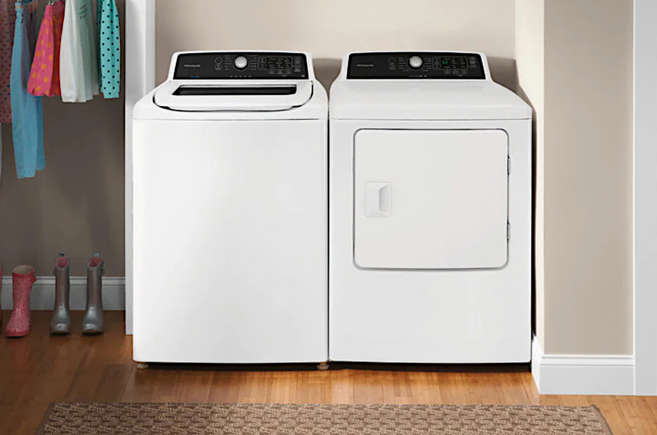- Joined
- Jul 14, 2008
- Messages
- 89,348
- Points
- 113

Citroën’s V-shaped gears©Daniel Villafruela
André Citroën’s first company specialized in making gears with V-shaped teeth. They were quieter than straight-cut gears and they were much stronger, though they needed to be machined with utmost precision. Patents in hand, Citroën started companies in Russia and in France that provided V-shaped gears to a long list of clients, including Škoda.
He founded the car company that bears his name in 1919. The double chevron logo its vehicles still wear today directly references Citroën’s start as an international gear-maker.

